Local SEO can make or break your restaurant’s visibility. Whether you run a single neighborhood spot or a multi-location restaurant brand, diners discover you the same way: through local search, Google Maps, reviews, and increasingly, AI-powered platforms like ChatGPT, Perplexity, Gemini, and Bing Copilot.
The good news? You don’t need a hundred tactics to improve local visibility.
Just three smart, high-impact Local SEO moves can help your restaurant rank higher, attract more customers, and outshine competitors in 2025.
Let’s break them down.
⭐ Smart Move #1: Turn Your Google Business Profile Into a Conversion Machine
Your Google Business Profile (GBP) is the most important local SEO asset a restaurant has. It appears everywhere your customers look — Maps, local search, “near me” queries, voice assistants, and even AI engines pulling local data.
But most restaurants only fill out the basics.
In 2025, that’s not enough.
Your GBP should be treated like a mini-website.
Do these and you’ll instantly beat 80% of competitors:
- Add 75–100 high-quality photos per location
- Write keyword-rich descriptions (“best sushi in Oak Brook,” “family-friendly brunch in Naperville”)
- Add menu URL, order online URL, reservation URL with UTM tracking
- Publish weekly Google Posts (specials, promotions, events)
- Add attributes (vegan options, outdoor seating, delivery, takeout)
- Keep hours updated — especially seasonal & holiday hours
- Choose the right primary and secondary categories
- Respond to every review within 24–48 hours
Why this works:
Google prioritizes fully optimized profiles.
AI engines read GBP descriptions, menu data, and review sentiment.
Better profiles = more visibility, more clicks, more orders, more foot traffic.
For multi-location brands:
Every location needs its own unique GBP with:
- Local photos
- Local menu highlights
- Location-specific posts
- Localized descriptions
A copy-paste GBP strategy won’t rank.
⭐ Smart Move #2: Build High-Converting Location Pages That Actually Rank
Most restaurant websites have weak location pages:
One paragraph, an address, maybe a phone number—and nothing else.
Google hates these.
AI engines can’t understand them.
Diners don’t trust them.
A location page should tell Google AND diners:
“This is the best restaurant in this neighborhood for this cuisine.”
A high-performing location page includes:
- A unique H1 targeting cuisine + location
- A strong intro paragraph referencing the neighborhood
- Clear Order Online / Reserve CTAs above the fold
- An interactive menu section or link
- A gallery of location-specific photos
- Localized content (landmarks, nearby attractions, parking details)
- Embedded Google Map
- Local FAQ section
- Local reviews or testimonials
- Internal links to nearby locations (for multi-unit brands)
- Structured data (LocalBusiness + Restaurant Schema)
Why this works:
Google ranks pages that demonstrate:
- Relevance
- Expertise
- Local authority
- User experience
Strong location pages also feed AI engines the content they need to recommend your restaurant.
For multi-location brands:
Use a universal template, but each location page should be 70% unique.
⭐ Smart Move #3: Build Local Authority Signals That Google (and AI Engines) Can’t Ignore
Local SEO is no longer just citations and backlinks.
Google — and now AI search tools — want to know if your restaurant is truly trusted and talked about within your community.
Authority signals now include:
A. Review Velocity + Sentiment
Not just your rating — but:
- how often you get new reviews
- which dishes people mention
- sentiment trends
- photo uploads
- length and detail of reviews
Boosting review velocity is one of the fastest ways to climb in local rankings.
B. Local Brand Mentions (Linked or Unlinked)
Google counts mentions across:
- Local news sites
- Food bloggers
- Instagram/TikTok creators
- Community Facebook groups
- Event listings
- Chamber of Commerce pages
- “Best of” lists
These are gold for local SEO.
C. Real-world community involvement
Google measures local relevance through activity:
- Sponsoring festivals
- Partnering with schools
- Collaborations with breweries or local vendors
- Hosting chef events or pop-ups
- Donating meals
- Participating in local initiatives
Publish these activities on your website → link back to location pages → instant authority signals.
Why this works:
Local authority =
Higher Map Pack ranking
Higher organic ranking
More AI-generated recommendations
More “near me” visibility
For multi-location brands:
Build authority signals per location, not just at the brand level.
Google treats each store as a separate business entity.
⭐ Quick Summary: Your 3 Smart Local SEO Moves
1. Google Business Profile Optimization
Turn your GBP into a dynamic, conversion-optimized mini-website.
2. High-Performing Location Pages
Build strong, unique, local pages that outrank competitors.
3. Strong Local Authority Signals
Reviews, brand mentions, influencers, community engagement.
Do these three things deeply and consistently, and your restaurant will outperform competitors on Google Maps, local search, and AI platforms.
⭐ Want Help Improving Local SEO for All Your Restaurant Locations?
At The Digital Restaurant, we specialize in local SEO for restaurants — from single-location independents to multi-unit brands with 5, 10, or 50+ locations.
We optimize:
- Google Business Profiles
- Location pages
- Reputation & review velocity
- Local authority signals
- AI search visibility
- Multi-location SEO structure
- Menu & content optimization
- Website speed & mobile UX
If managing marketing for your restaurant feels complicated, The Digital Restaurant can help. We combine proven restaurant SEO strategies with done-for-you Restaurant SEO services to increase your visibility, traffic, and sales.
Next Steps:
- Schedule a free 30-minute consultation with one of our marketing experts to develop a customized marketing strategy for your restaurant.
Don’t let your competitors claim a bigger slice of the market. Take action today and watch your restaurant’s success soar!

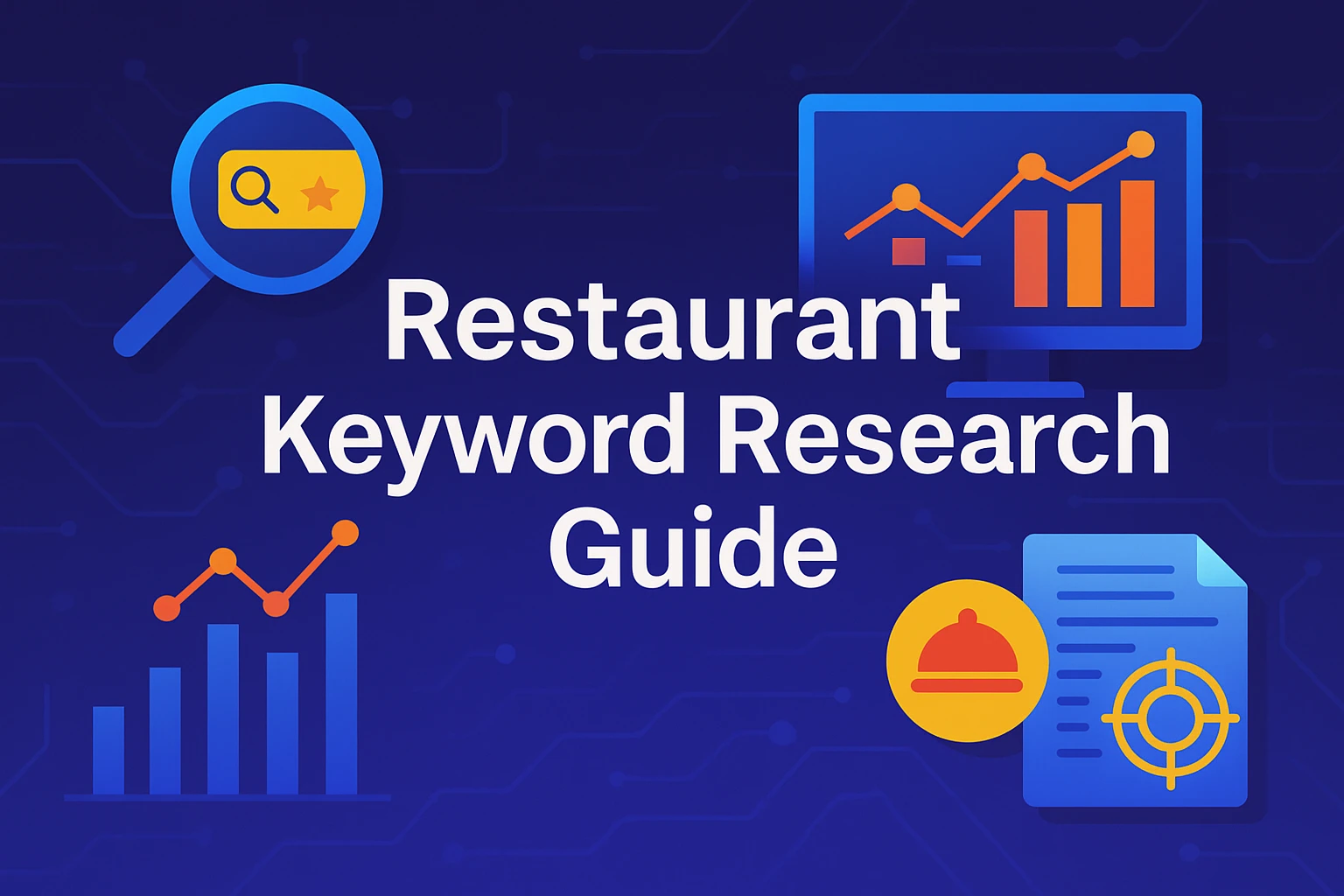

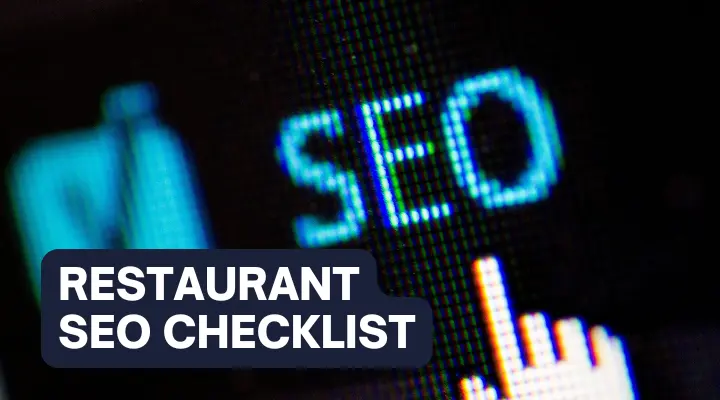
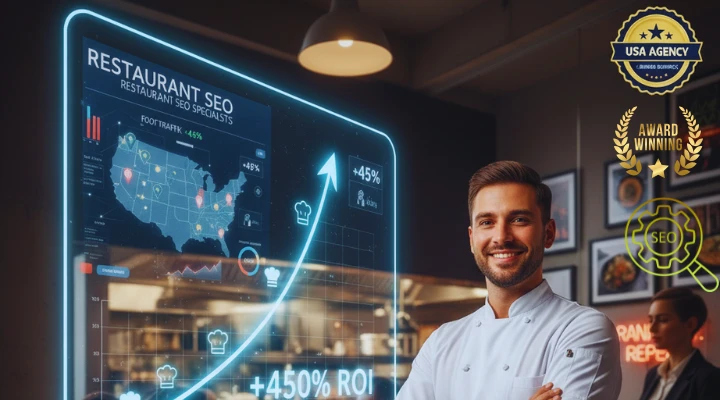
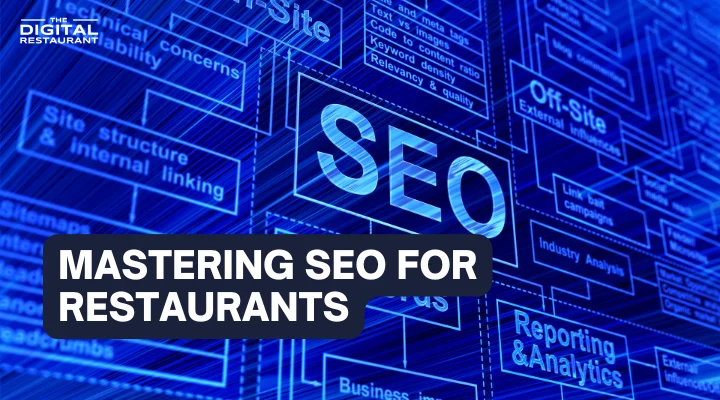
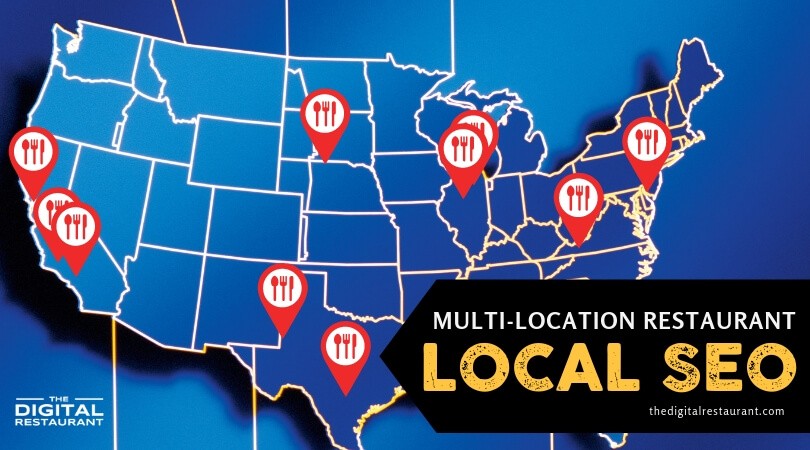


Leave a Reply